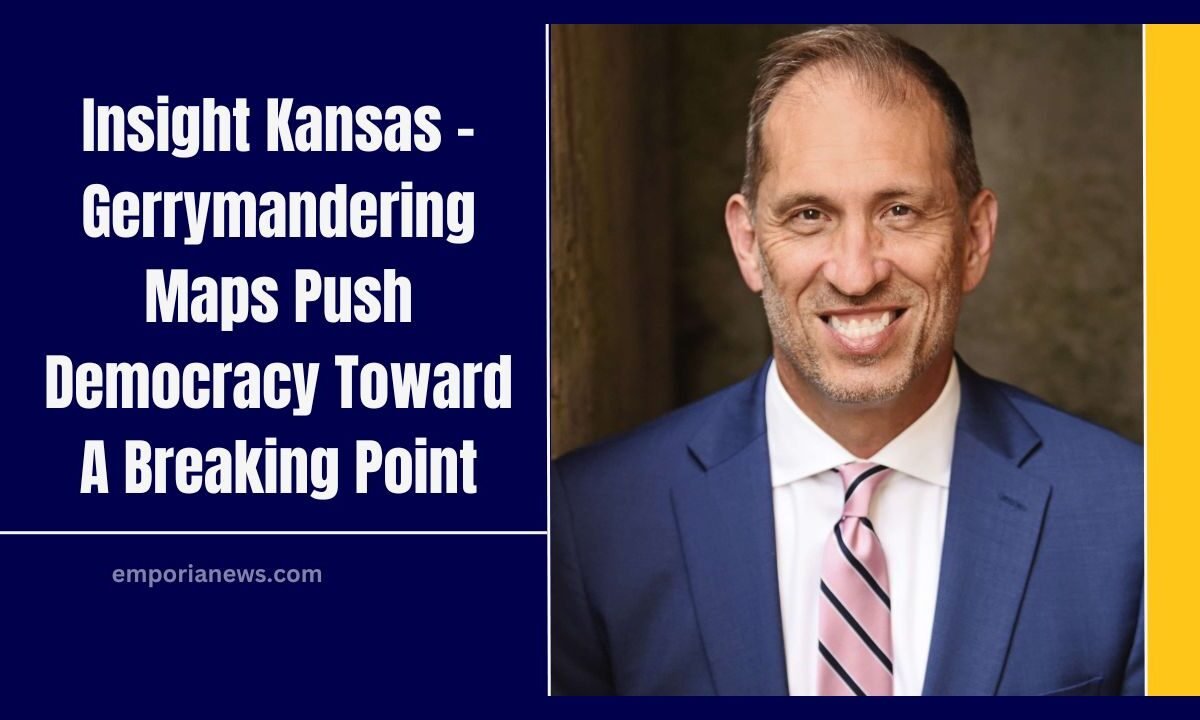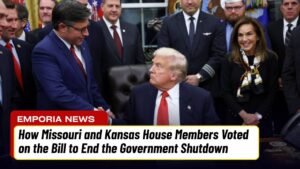Gerrymandering—a term rooted in early American politics—has re-emerged as one of the most controversial and impactful practices shaping U.S. elections.
Once coined from Elbridge Gerry’s salamander-shaped district in 1812, the practice has now evolved into a high-tech political weapon.
In Kansas, as in several other states, leaders are contemplating mid-census congressional map redraws that could reshape representation ahead of next year’s elections. Critics argue that partisan redistricting undermines representative democracy, replacing communities of interest with party interests.
The Origins and Purpose of District Lines
The U.S. House of Representatives was designed to ensure local representation and prevent any form of tyranny, whether from a king or a majority. The original intent behind congressional districts was to reflect cohesive geographic communities with shared cultural, economic, or social interests.
| Element | Historical Purpose | Modern Reality |
|---|---|---|
| Geographic Integrity | Unite common-interest areas (cities, counties, rivers, schools) | Split for political advantage |
| Minority Protections | Ensure minority voices are not drowned out | Often diluted for partisan gain |
| Local Economies & Resources | Represent industries like farming, mining, fishing | Overlooked in favor of party interests |
| Party Competition | Parties competed to represent interests | Parties now design districts to ensure victories |
Instead of drawing districts based on natural boundaries like counties, rivers, or major roads, modern maps often slice through neighborhoods to create partisan safe zones, eroding the original purpose of representative democracy.
How Kansas Got Here
After the Rucho v. Common Cause (2019) ruling, the U.S. Supreme Court declared that federal courts cannot rule on partisan gerrymandering, effectively giving states wide latitude to design districts for political gain.
Kansas does not prohibit partisan gerrymandering, allowing lawmakers to use powerful AI-driven mapmaking software that can generate thousands of district layouts in seconds. By adjusting just 10–20% of district boundaries (and up to 25% in Kansas), politicians can flip congressional seats with surgical precision.
One of the most notorious examples is Kansas’s 1st Congressional District, which stretches from Lawrence to the Colorado border, resembling a barking dog shape on the map—a symbol of how geographic logic has given way to political calculus.
The Impact on Democracy
This evolution means political parties, not people, have become the central “common interest” behind district lines. Communities once bound by schools, water systems, local economies, or cultural heritage are increasingly split apart to serve partisan objectives.
| Consequence | Description |
|---|---|
| Reduced Competition | Safe seats mean fewer competitive elections, lowering voter engagement |
| Voter Disenfranchisement | Minority communities often lose collective voting power |
| Polarization | Extreme candidates win primaries in safe districts, fueling partisanship |
| Public Distrust | Voters lose confidence when district lines seem manipulated |
Even the Voting Rights Act’s protections against racial gerrymandering are now facing legal challenges, as seen in Louisiana v. Callais, which could further weaken safeguards for minority representation.
Where It’s Heading
Johnson County and other Kansas communities are at risk of further fragmentation if voters remain disengaged from the redistricting process. Until citizens demand fairer maps, legislatures will continue racing to the “gerrymandered bottom”—where political self-preservation overtakes democratic representation.
The crisis in Kansas redistricting is not just about oddly shaped maps—it’s about the erosion of democratic principles. What began as a safeguard against tyranny has morphed into a tool for entrenching partisan power, sidelining local voices.
Until Kansas voters push for reforms that prioritize competition, fairness, and geographic integrity, the state will remain locked in a race to the gerrymandered bottom, threatening the foundation of representative democracy itself.




